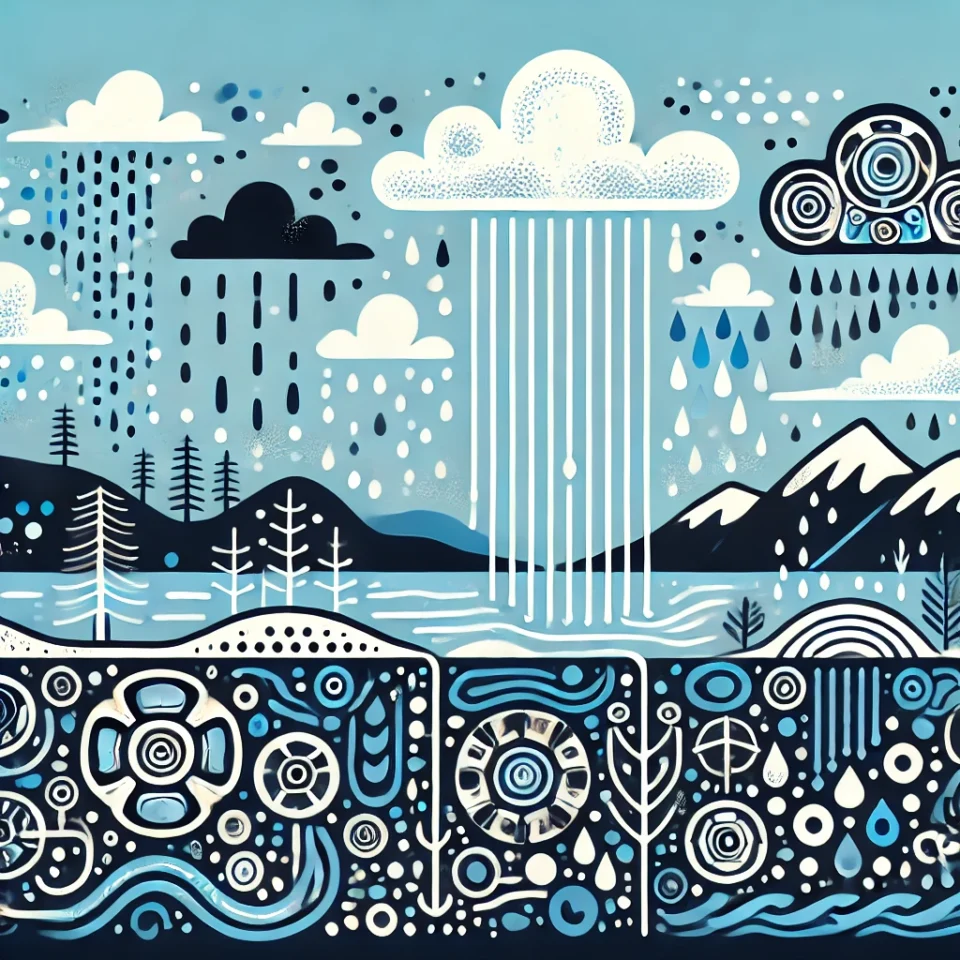Elisabeth F. Olsen
The Lower Kihansi hydropower project on the Kihansi River in Tanzania is causing significant environmental damage, a newly released World Bank report reveals. The Environmental Review states that the US$275 million project is destroying a unique ecosystem and eradicating several endemic species. The report is causing worries among project donors, who fear the project may violate their own guidelines, as well as the international Convention on Biological Diversity.
The 180 MW dam, which officially began operating this July, destroyed an 800-meter-high waterfall, brought development to a protected natural area, and directly affected about 22.000 villagers. Project financing included a $123 million IDA loan (IDA is the World Bank’s lending agencies for the world’s poorest countries), $59m from Norway, $29m from Sweden, and $32m from the European Investment Bank.
The Tanzania Country Director of the World Bank, in co-operation with the Africa Region Environment Group, decided to carry out an environmental review after the scientific community and NGOs had expressed concerns that the current operation of the hydropower plant would lead to severe and possibly irreversible biodiversity losses in the Kihansi Gorge. The environmental review states that the drying out of the wetlands from reduced water flow is seriously threatening the Kihansi spray toad and two rare plant species, all of which are endemic to the Kihansi Gorge. These species will go extinct if adequate mitigation plans are not carried out, according to scientists. Tanzania has ratified the international Convention on Biological Diversity, which obligates it to conserve endangered species.
The World Bank report describes three alternatives for mitigating the damage from Lower Kihansi Dam, none of which is likely to stop the extinction. The first option is to do nothing. The second option is to implement captive breeding of the spray toad, but the report states that the risk of extinction will remain very high. The third option is to increase the water levels released from the dam. Even if this option is chosen, the threat of extinction is still high.
The environmental problems are not surprising. The hydropower plant is situated in the Rufiji Basin, a mountain area in southern central Tanzania. The area has long been known for its unique ecosystems and high biodiversity. Even today, ecosystem types and species of flora and fauna are yet to be identified or classified. Proper environmental impact assessments were therefore of high importance in the Lower Kihansi Hydropower project. But project environmental evaluations have been defective from the beginning.
The Lower Kihansi Hydropower Project was initiated in 1990 and started off as a co-operation between the World Bank and the Tanzanian government. The original project was to fund either the Songo Songo Gas development or hydroelectric projects on the Kihansi river. The first option was however postponed after, among other, advice from Norwegian hydropower engineers. The second project investigated two alternatives, which were going to be developed jointly. The feasibility study lead to the decision of Lower Kihansi Hydropower Project, and the environmental assessment drew its elements from the original project. The environmental assessment only covered the basic requirements, and only analysed impacts on habitat inundated by the reservoir. The area downstream of the gorge was not taken into consideration, and neither water rights nor dam safety was mentioned. The report did not identify any potential ecological impacts downstream Kihansi Gorge.
The project was approved by the World Bank’s Board of Directors in 1993. NORAD was asked to join the project in 1994. NORADs technical review team found the World Bank environmental assessment of such poor quality that it decided to finance an Environmental Impact Assessment (EIA). This EIA was the subject of a 1995 public hearing, at which Norwegian scientific experts expressed several concerns, including the inadequacy of the data, lack of adequate water-discharge plans, lack of management plans, and the lack of consultation with local people. Many recommended NORAD not to support the project. The Norwegian Water and Energy Directorate (NVE) nevertheless recommended NORAD to support the project under the presumption that further environmental studies would be carried out.
During the new environmental studies, researchers in 1996 discovered the Kihansi spray toad and two rare plant species endemic to the Kihansi Gorge. The spray toad is only found within the natural spray area of that gorge. NORAD was immediately informed and decided to carry out a new environmental study of the endemic species, which is still underway. For unknown reasons, the Tanzanian utility TANESCO, which operates the dam, was not informed about this until 1998.
Civil society inside Tanzania and internationally are now working to hold project donors responsible for the environmental problems in Kihansi. Friends of the Earth (FoE) US have written letters demanding that donors react to the problems at Kihansi. In its response, the World Bank de-emphasized the environmental problem, and claims that the spray toad is not really in any danger of being exterminated. It also mentions that water releases will increase in the future, but their proposal is far below the minimum required, according to experts.
FoE’s letter to NORAD triggered a debate in Norway. NORAD’s own project-management was questioned, but the main concern internally in NORAD was how to save the endemic spray toad and hence not transgress the International Convention on Biological Diversity. FIVAS has criticised the environmental planning at Kihansi from the beginning, advising NORAD not to engage in the project. FIVAS also recently wrote a letter to the Director of NORAD, where we pointed out that the environmental problems in Kihansi go far wider than an endemic spray toad being threatened. When mitigation plans will be discussed, FIVAS stressed that it is not enough to save endemic species to endure International conventions. From FIVAS’ point of view, NORAD’s and the other donors’ point of departure must be that a valuable and vulnerable ecosystem is being threatened because of poor project-management of the Kihansi Hydropower Plant.
(Artikkelen blir også trykket i World Rivers Review, utgitt av International Rivers Network, USA)

 Vannets kretsløp:
Vannets kretsløp:
 Funksjon:
Funksjon: Hovedutfordringer:
Hovedutfordringer: